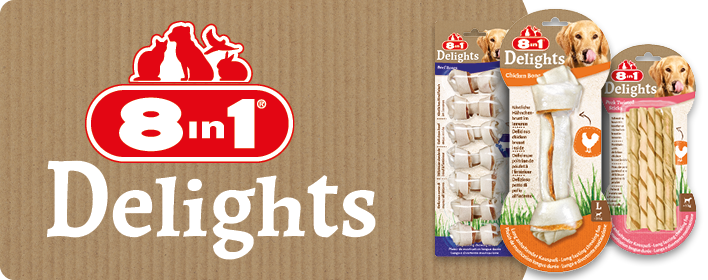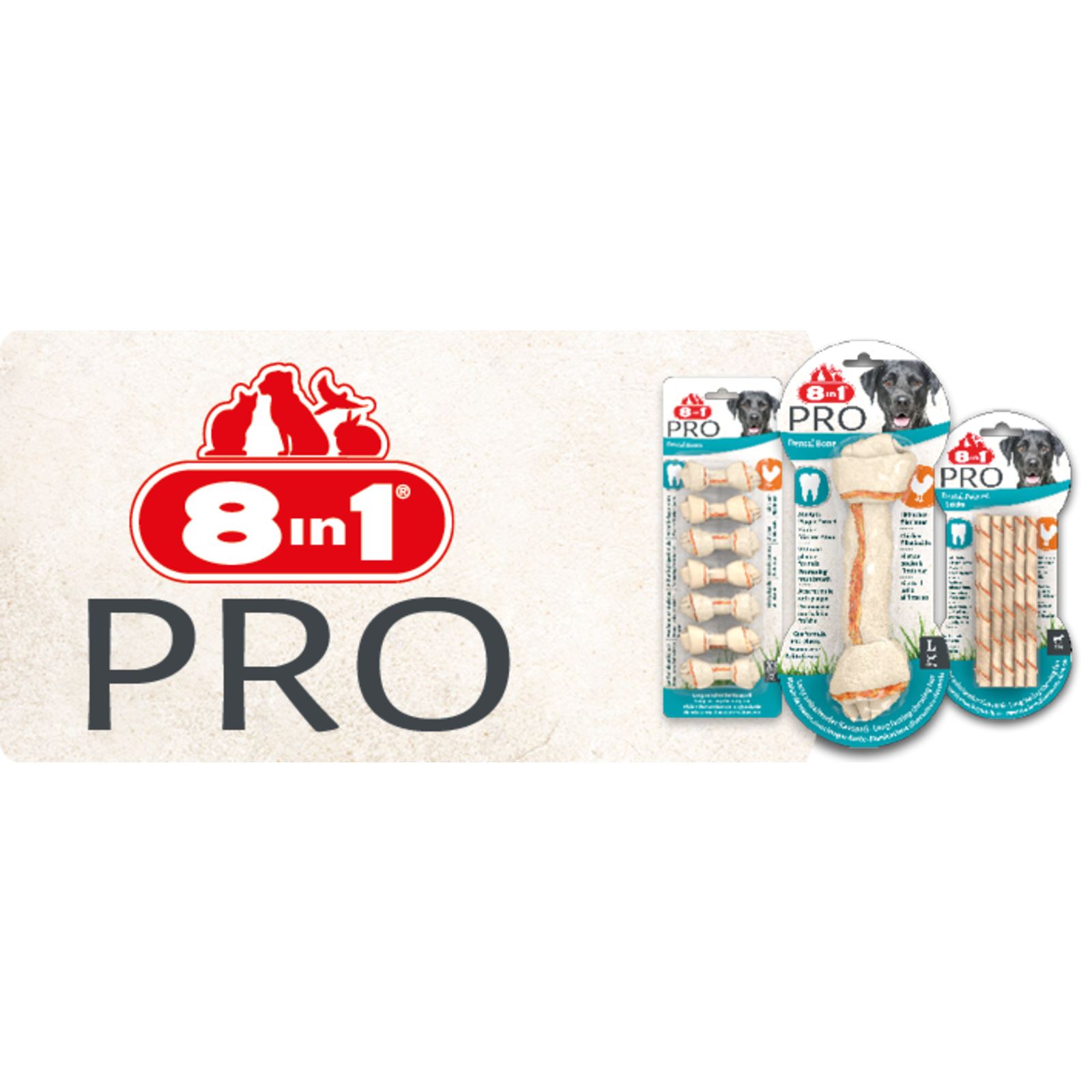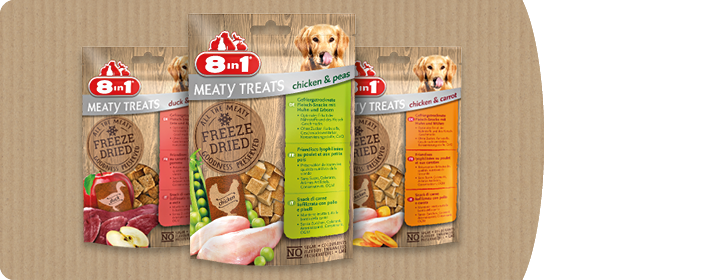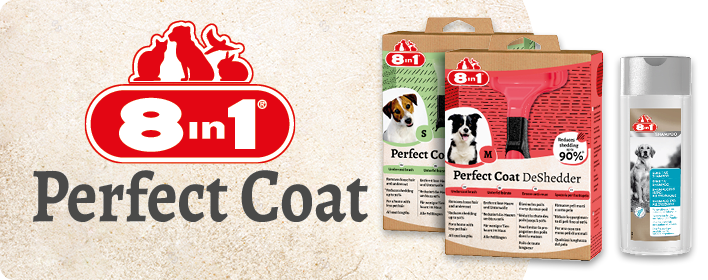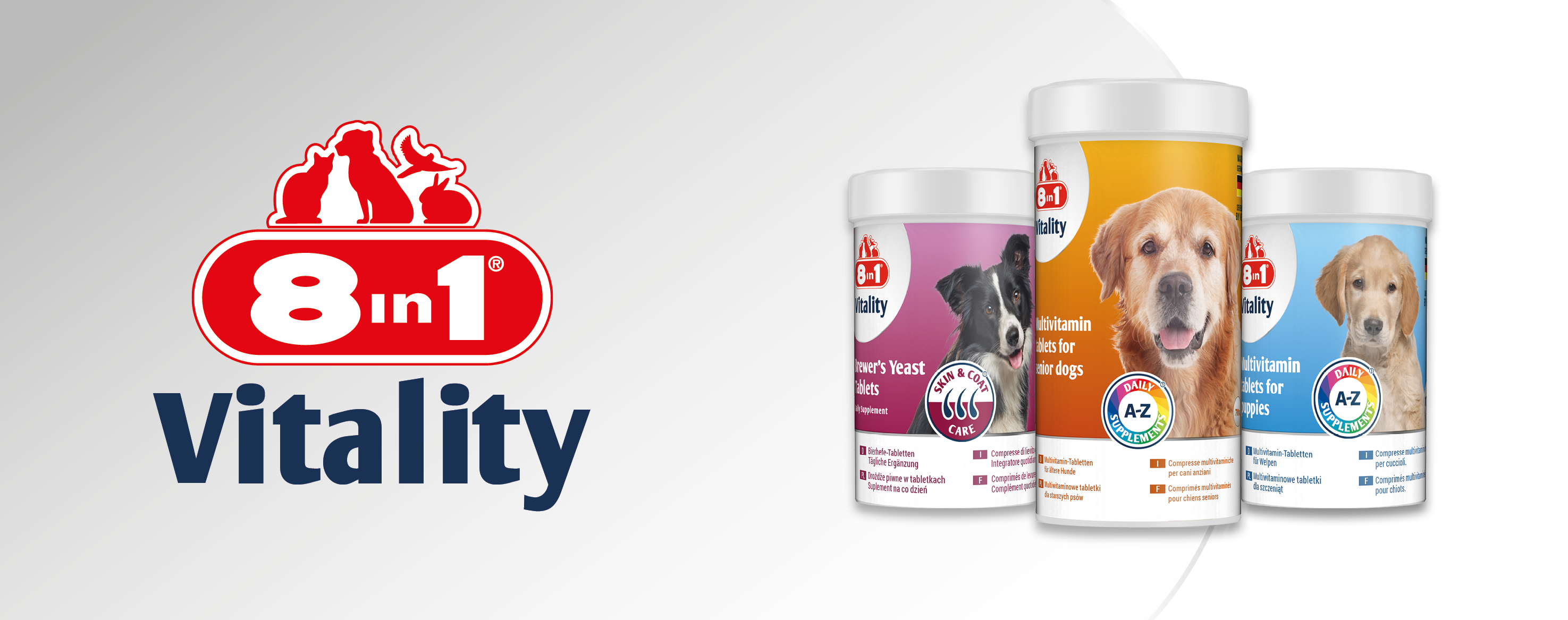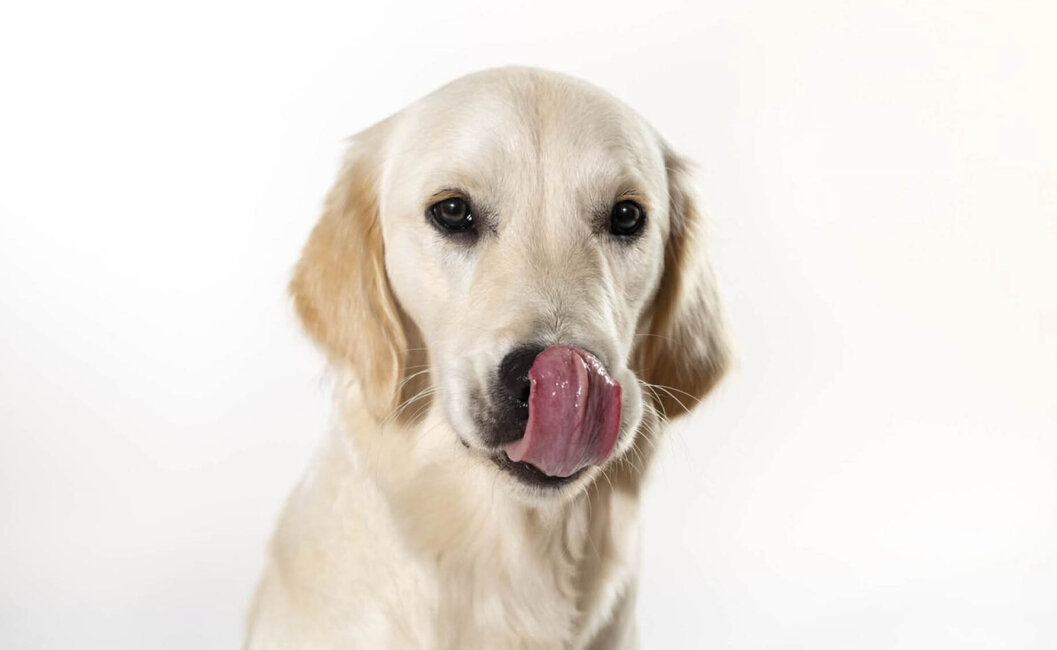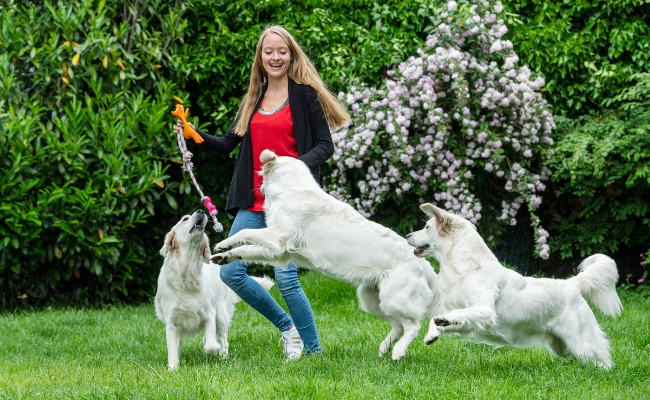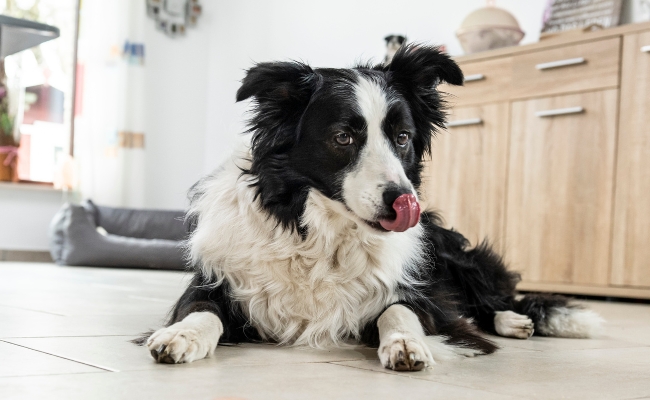


Dog Sports Club
In addition to recreational activities, joining a dog sports club is a great way of keeping your dog at the appropriate level of fitness for his breed, socialising him with other dogs and attaining objectives as part of a team while receiving expert advice and support. It also gives you the opportunity to take part in sports that require both the use of special purpose equipment specifically designed for dogs and a large amount of space. We have put together here three suggestions for sports club activities that will help keep your dog on his toes
Agility
This sport is a very varied form of ability training that will simultaneously improve your dog’s condition, speed and obedience. In agility, the dog runs through a course consisting of various obstacles such as hurdles, hoops, tunnels and seesaws. He is directed through the course by his handler using only voice commands. Depending on the degree of difficulty, competition courses vary between 100 and 200 metres in length and include a variety of obstacles. However, you should start out with shorter distances and very easy obstacles. Allow your dog to get used to the sport and do not overexert him. Only if he has a positive experience of the sport from the outset will he find it enjoyable and both you and your dog will enjoy a wonderful recreational experience together as a team.
Flyball for dog and handler
Flyball is a sport in which teams of dogs and their handlers compete against each other. When the start signal is given, the first dog in the team is released; he jumps over four hurdles and races towards a ball machine. Here, he must hit a spring-loaded pedal that triggers a ball-launching mechanism. The dog then has to catch the ball as it is released and run with it back to the start. Only then may the next dog on the team cross the start line. The team whose dogs are the first to complete this task is the winner. Training sessions for you and your dog organised by your local sports club will help you improve your dog’s speed, condition and jumping power and are perfect for high-energy dogs that require a tremendous amount of exercise. However, if you should notice that you are overexerting your dog or that he is not getting any enjoyment out of the sport, have a look around for another, less stressful sport that is more suited to your dog’s character.
Tracking with your dogs
Not every dog is suited to following a scent trail. On the one hand, it requires a great deal of patience and discipline – both on the part of the dog and that of his handler – and, on the other, your dog must have an excellent sense of smell and a well-honed hunting instinct. If you meet these requirements, start by making enquiries at your local tracking club and give it a try to see if you and your dog enjoy taking part in the training sessions. The length, number of corners and age of the track may vary depending on the degree of difficulty. Begin training with tracks that have been laid only recently and your dog will find relatively easy to follow. You should also make sure that, when your dog finds the lost article at the end of the track, he is suitably rewarded. Only if he associates the end with a positive incentive will he demonstrate motivation, enjoyment and discipline in training with you as you move on to more challenging tasks.




